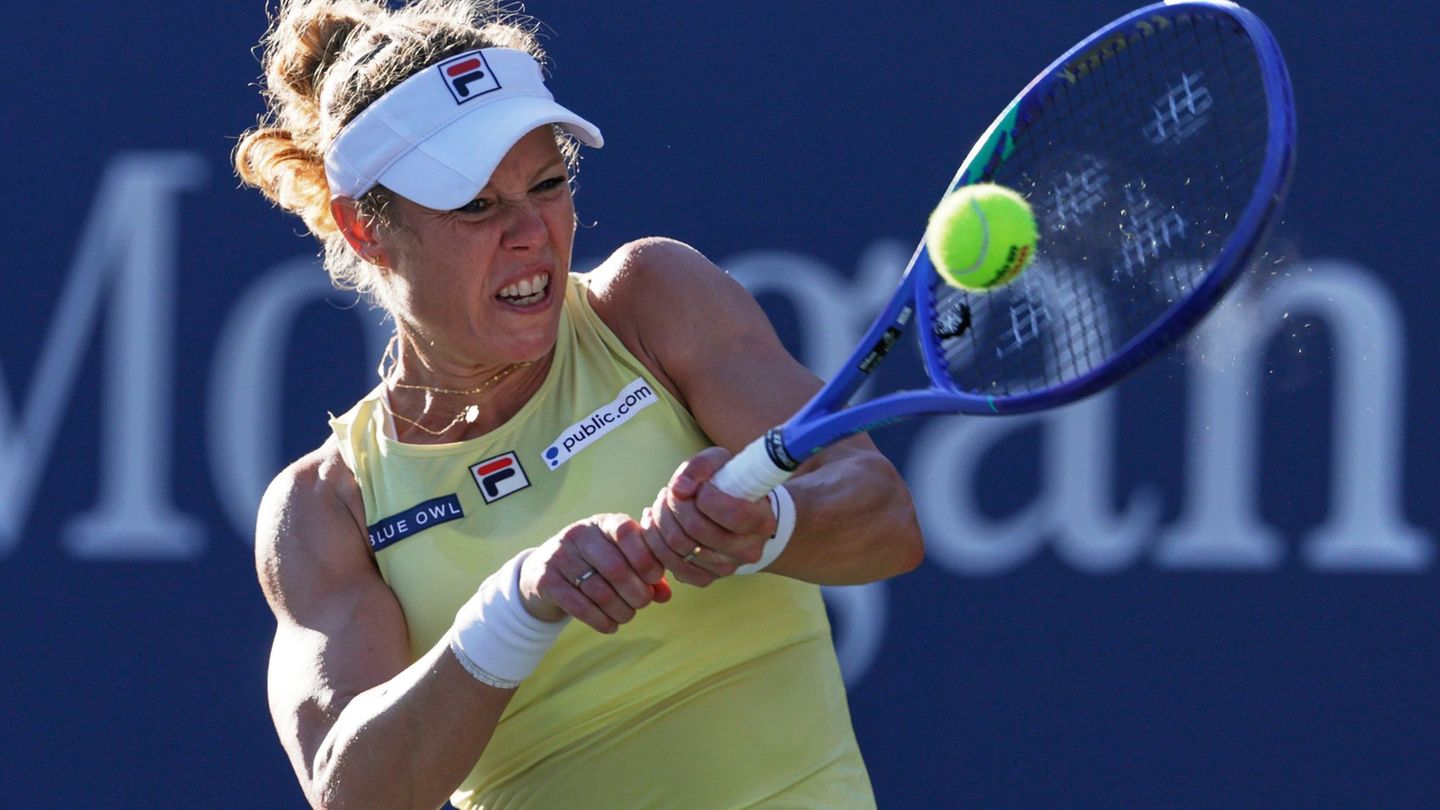The first semester of 2025 marked a Solid recovery for electronic commerce In Argentina. After a 2024 crossed by the recession and cooling of consumption, the first six months of the year showed a significant rebound: the Total billing reached $ 873,289 million, which represents an interannual growth of 114%. However, from the Exchange Standing A change in the rhythm of consumption was noted, marked by new dynamics of spending, caution in purchases and the appearance of other investment alternatives.
“Since mid -April we saw that reality changes. While sales continue to grow, they do it with another rhythm. Investment alternatives that compete with the online channel appeared, and that forces brands to rethink their value proposition,” he explained Franco RadaveroCountry Manager of Tomebeube Argentina.
This change did not imply an abrupt fall, but a more rational consumer behavior. However, Radavero remained optimistic and remarked that in this period new clients and many brands that sell more than before (to mark this point, said that more than 9 million transactions were carried out, which represents a growth of 40% vs. 2024).
The data arise from Cloudcommerce Midterm 2025 report. The report comprehensively relieves the behavior of online consumption in Argentina, and offers detailed radiography on sales, means of payment, purchasing habits, logistics and the impact of technology on digital retail.
The effect of imports on a key item
Among the most prominent categories, Fashion is kept at the top, representing the 46% of total turnover. However, this particular item is the most affected by imports. According to Radavero, this topic is in the head of many brands, and forces us to think about changing their strategies and seeing how to compete. “From my point of view, there is still a lot of value in the local“He said.
According to the latest analysis of the Argentine industrial chamber of clothing, the sales of this sector experienced a year -on -year fall of 7.7% and 56% of companies reported low sales. However, electronic commerce has become a transformation engine for the sector. In the first half of the year, this vertical maintained its leadership, representing the 46% of accumulated billing In the first six months of 2025. For this particular sector, the increase in costs was pointed out, especially those linked to digital marketing and advertising, an important factor for brands to increase their visibility and value proposal to possible new customers.
On the other hand, the growth of other verticals such as Home and Deco, which was the second in importance, with a Ticket higher average ($ 112,969) and records an increase of 18% in billing compared to the same period of the previous year. While, health and beauty experienced a 3% growth in billing compared to 2024.
Financing, means of payment and new habits
As for payment methods, The credit card continues to lead with 60% of the transactionsalthough he lost six points compared to the previous year. That space was occupied by Bank transfersthat grew by 19%, in line with the general digitalization of retail payments and associated promotions.
On the other hand, 62% of sales were made in a single sharea figure that grew at the expense of purchases in three installments, which fell from 27% to 21%. The explanation is in the deceleration of inflation and at the end of the simple quota program, which led some brands to Move financial costs to the final customerespecially in products of greater value.
Credit cards
The use of transfers grows and financing lowers.
Depositphotos
“The increase in payments with bank transfers is not accidental. If we look at the official indicators, the BCRA reported, in March of this year, an interannual growth of 28% in immediate transfers, which shows that we are facing a structural transformation in the payment habits that transcends the e-commerce and reaches the entire ecosystem of the retail retail. being relevant, although it lost 6 points of participation during the first semester if we compare year against year. two out of three sales and the Payment in a single share The 62% of purchase orders to the detriment of payments with 3 installments, which reduced their 27% participation to the 21% Due to the inflationary deceleration, ”he added Radavero.
Source: Ambito




